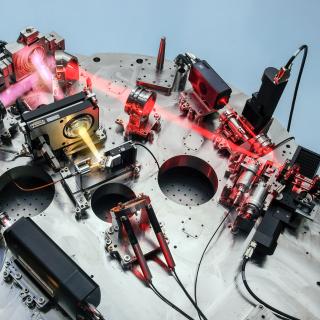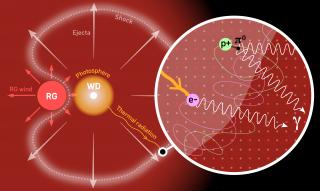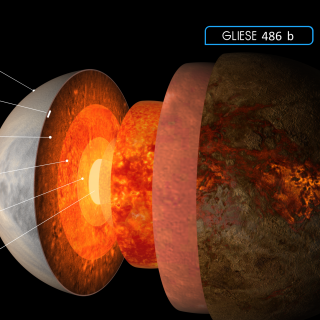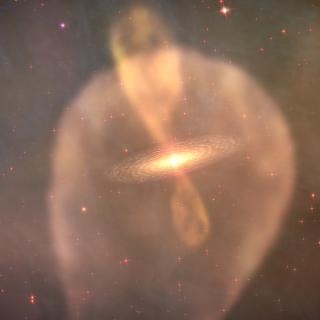
Researchers at the Instituto de Astrofísica de Canarias (IAC) have participated in the development of NIRPS, an instrument recently installed on the 3.6m telescope at the European Southern Observatory (ESO), which is now hunting for exoplanets around the coolest stars in the Milky Way from the La Silla Observatory, in Chile. The Near InfraRed Planet Searcher (NIRPS) has successfully carried out its first observations. “This remarkable infrared instrument will help us to find the nearest habitable worlds to our Solar System” states René Doyon, the Director of the Institute for Exoplanetary
Advertised on




